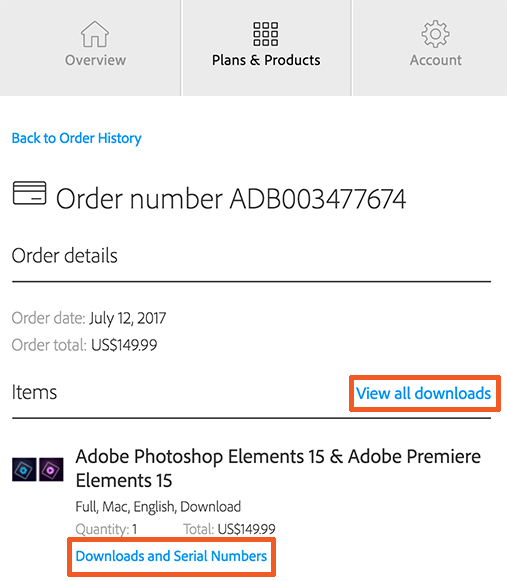Spam Reader Serial Number
05 – Spam Reader – Free Outlook Spam Filter (Free) Spam Reader is a free anti-spam add-on for Microsoft Outlook. The software uses the most reliable approach to block junk emails – Bayesian algorithm based on statistical analysis, capable to be adjusted to user’s needs and detect up to 98% of spam messages. Spam Reader 3.0 Agent Reader 3.3.4 Agent Reader is an Advanced Personal Assistant with keyboard and mouse Macro Recorder, Pop-up Killer, Text-to-Speech and more than 20 additional productivy functions not provided by Windows.
From LuxContinent:Spam Reader is a MS Outlook plug-in that extends Outlook functionality with a Bayesian spam filter. There is no need to run an external program. Spam Reader fully integrates into MS Outlook. Spam Reader analyzes each message when you receive it and puts it in the Spam folder if needed. SpamReader does not break existing Outlook filtering rules. The Bayesian spam filter is self-trainable. You can also tune it up for better accuracy.
What do you need to know about free software?
From LuxContinent:
Spam Reader is a MS Outlook plug-in that extends Outlook functionality with a Bayesian spam filter. There is no need to run an external program. Spam Reader fully integrates into MS Outlook. Spam Reader analyzes each message when you receive it and puts it in the Spam folder if needed. SpamReader does not break existing Outlook filtering rules. The Bayesian spam filter is self-trainable. You can also tune it up for better accuracy.
From the Windows NT-based (Windows XP and 7 specifically) command prompt, how can I get the serial number of a hard drive as a variable? The one I'm looking at is the serial number of the physical hard disk drive
4 Answers
vol C:
this will get the volume serial number given to it by windows.
wmic diskdrive get serialnumber
this gets the manufacturers serial number of the hard drive.
MoabMoab
What you are looking at is NOT the hard drive serial number.
It is called the Volume Serial Number. It is generated at the time of creating and formatting the volume / partition.
You can get it by using a command at command prompt :
C:> vol c:ifC:is the drive you want to retrieve the Volume Serial Number for.All you can do is redirect the output of that command to a file :
C:> vol c: > myvol.txtand it will be stored as a text file in yourC:I am attaching a screenshot with the highlights:
- The file was stored in the root of
C:
- This is what the
myvol.txtfile looks like in Notepad:
In the same vein as Moab's answer, but using PowerShell this time:

This command gets an instance of the Win32_DiskDrive WMI class and outputs the model of each disk drive in the computer and its corresponding serial number from that instance.
Spam Reader Serial Number List
This answer assumes PowerShell 3.0 or later. If running an older version, use Get-WmiObject in place of Get-CimInstance.
On Windows 8 and later, you can also use this command:
bwDracobwDracoSpam Reader Download
In a batch file one approach is:
- VOL command to produce the serial number as text along with text we don't want.
- FIND to trim it down to only the line with the serial number.
- FOR to grab the 5th token (a part between delimiters) on the line with the serial number.
- SET to assign to an environment variable
protected by bwDracoFeb 11 '18 at 19:14
Thank you for your interest in this question. Because it has attracted low-quality or spam answers that had to be removed, posting an answer now requires 10 reputation on this site (the association bonus does not count).
Would you like to answer one of these unanswered questions instead?